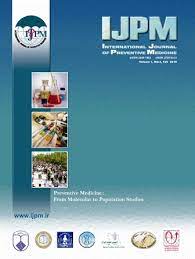Obesity is the Most Important Factor for Gender Inequality in Type 2 Diabetes Incidence in an Iranian Population
Authors
Affiliations
1Department of Epidemiology, School of Public Health, Shahroud University of Medical Sciences, Shahroud, Iran.
2Center for Health Related Social and Behavioral Sciences Research, Shahroud University of Medical Sciences, Shahroud, Iran.
3Noor Research Center for Ophthalmic Epidemiology, Noor Eye Hospital, Tehran, Iran.
4Department of Epidemiology and Biostatistics, School of Public Health, Tehran University of Medical Sciences, Tehran, Iran.
Abstract
Background: The results of Shahroud Eye Cohort Study (ShECS) showed a high 5-year incidence of diabetes mellitus with female predominance in 40-64 years old Iranian population. The aim of this report was to decompose the observed sex differences in the incidence of diabetes.
Methods: Sex-specific incidence rate of diabetes was calculated between the two phases of ShECS (2009-2014). The gap decomposition was done by the twofold Blinder-Oaxaca decomposition model.
Results: The results showed that from the total gap (11.19%-15.55% = -4.36%) between the two sexes, 3.46% which forms 79.4% of the total gap is related to the difference in obesity in both genders. In contrast to obesity, age and overweigh status had a decreasing influence on gender inequality.
Conclusions: Obesity of Iranian women compared with men is the most important reason for an increase in the incidence of diabetes in women.
Keywords: Blinder–Oaxaca decomposition; Diabetes mellitus; Iran; Obesity; incidence rate.

